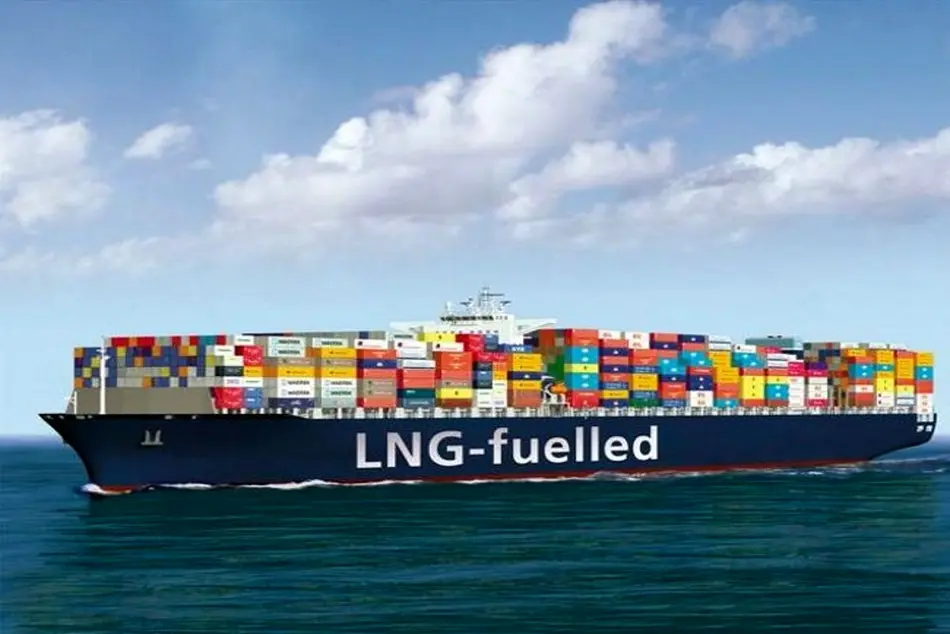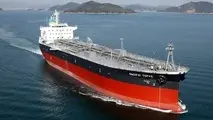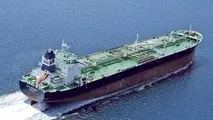LNG Bunkering a Viable Option for the Near Future says Shipbroker

Ship owners will soon have to make a decision as to which course they’ll follow regarding the fuels used to power their fleet. LNG, low-sulphur oil, or scrubbers are the main alternatives at this stage, regarding future compliance. In its latest weekly report, shipbroker Gibson said that “since the IMO announced a global sulphur emission limit of 0.5%, shipowners have been faced with making tough decisions ahead of the impending deadline. Amongst the limited options is to invest in tonnage capable of burning LNG as a marine fuel. The decision has been widely embraced by vessels currently operating in ECAs however, the global merchant fleet has so far not been so enthusiastic in choosing a path. Excluding LNG carriers, the global merchant fleet of dual-fuel vessels (capable of burning LNG bunkers) has grown considerably since 2014”.
According to Gibson, “although a fairly insignificant portion of the global fleet, the current orderbook for dual-fuel vessels shows some considerable growth. Some significant orders have been Sovcomflot’s 4 ice class Aframax tankers and AET’s order of 4 Aframaxes in addition to 2 Afras and 3 MRs capable of switching to LNG bunkers currently trading. The majority of LNG bunker ready ports are located in the Baltic and North Sea, where Norway has the largest with 6, mostly catering to ferries and cruise ships. However, new bunkering facilities or upgrades are planned in the Netherlands, France, Belgium and Spain. Repsol in cooperation with Enagás has completed what is considered to be Europe’s first pipe-to-ship LNG bunkering at the Cartagena regasification terminal. Furthermore, the port of Fujairah, the second-largest bunkering port globally, has begun strengthening infrastructure whilst introducing LNG ship-to-ship transfers. The United States has grasped available technology and aims to take advantage of an abundance of cheap gas to push forward plans for LNG bunkering”.
The shipbroker went on to add that “further afield in Asia, momentum is gathering to remove obstacles standing in the way of a widespread implementation of LNG as a marine fuel. In Japan, the port of Yokohama can provide truck-to-ship bunkering, and is planning to introduce ship-to-ship bunkering by 2020, positioning Yokohama as a regional LNG bunkering hub. South Korea now provides LNG bunkering services from Incheon with an additional facility planned at Busan. China will also be increasing LNG services at inland waterways and at Zhoushan. Unsurprisingly, given its position as the world’s largest bunkering port, Singapore has also made big strides. The Maritime and Port Authority of Singapore has awarded two separate LNG bunkering licenses and expects to begin supplying LNG bunkers this year. In addition, Singapore has joined forces with other global ports to progress and harmonise LNG bunkering standards and operations. Oil majors including Shell, BP, Chevron and Total have invested heavily in downstream LNG distribution and infrastructure. Shell in particular is taking an active role as evidenced by the agreement to supply bunkers to Sovcomflot’s newbuilding Aframax tankers for the North Sea and Baltic”.
Gibson says that “advantages in LNG over conventional marine fuels are the improved emissions performance when compared with scrubbers or burning low sulphur fuels. LNG has zero sulphur content and relatively low levels of nitrogen oxide emissions. This has led some to declare LNG as ‘future proof’ against any future reductions in sulphur emission levels. However, downsides are the unknown cost of LNG bunkers and additional construction and containment costs. Also, LNG pricing to some is a relative unknown when compared with traditional marine fuels. Another significant drawback is that LNG will require around twice the storage space of marine fuel, reducing cargo intake. There are several positives and negatives to LNG bunkering but expect it to become a more viable alternative in the coming years. With the dual-fuel capable fleet forecast to grow and major strides being made by ports to harmonise operations and improve global standards. Perhaps we will see an increasing number of owners turn to LNG as a viable marine fuel in the future”, the shipbroker concluded.
Meanwhile, in the crude tanker market this week, in the Middle East, Gibson said that “steady, but modestly steady, VLCC enquiry through the week was never enough to tighten lists sufficiently to prevent further market deterioration as rates fell into the low ws 40’s for the older/more challenged units and little better than ws 50 for modern vessels with down to ws 21 seen for runs to the USGulf via Suez. Suezmaxes never regained any momentum, but with West Africa spiking, ballasting alternatives beckoned for some and sentiment did improve somewhat. Rate demands moved a little higher towards ws 85 to the East and ws 35 West accordingly. Aframaxes found very little and yet again remained stuck fast at 80,000mt by ws 100/105 to Singapore with little early change anticipated”, it concluded.

